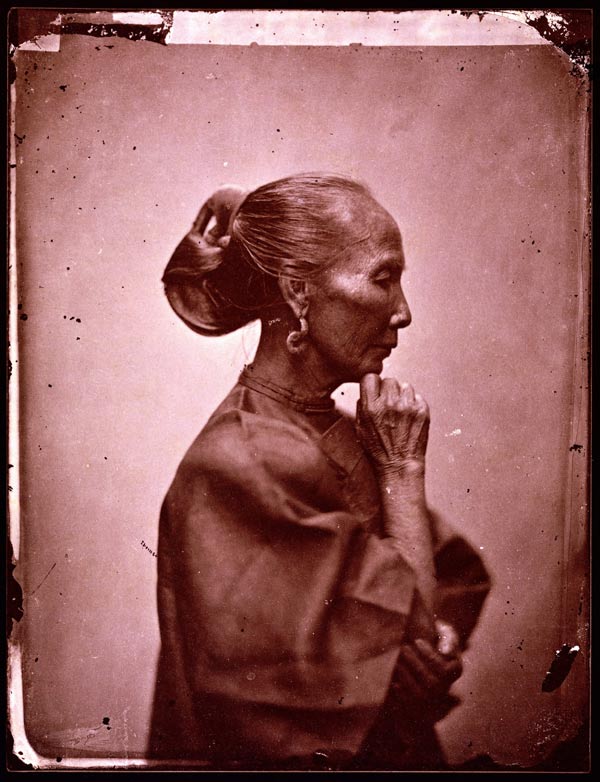

In 2006, Yao came across them in the Wellcome Library. Upon discovering that they had never been exhibited in China, Yao volunteered to curate the exhibition, and the project went from strength to strength.
In 2009, Yao took the exhibition to four Chinese museums: Beijing World Art Museum, Fujian Museum, Guangzhou Museum and Dongguan Exhibition Center. Subsequently the photographs toured internationally, including to Britain, Sweden, Ireland and the United States.
The photographs attracted widespread international acclaim.
"The exhibition is astonishing," says Scottish curator Katriana Hazell, who saw the exhibition in Liverpool, England. "How else can we possibly get so vivid an idea of such a wide range of society and life in China at that time?"
"I feel other photographers of that period were colder in their portraiture. I get more of a sense that these photographers were making scientific studies of the local people, especially the poor."
Hazell says details, such as the binding of women's feet, hairstyles and clothing drew her to the collection.
"The wealth of rich detail about street life was particularly fascinating - people gambling, the one of the chiropodist working in the street, the artisans, and especially noticeable, the many, many photographs of women, and their extraordinary exotic hairstyles worn by both grand and ordinary women."
This year, the exhibition is returning to China, to be shown at Shenzhen Museum, Jiangning Imperial Silk Manufacturing Museum in Nanjing and China National Silk Museum in Hangzhou.
"I hope this exhibition will inspire young artists, and China's future designers, to look at the jewelry, hairstyle and shoes, and be inspired to create something new," Yao says. "I hope the visitors will be able to engage with the images, and not just look at them as a part of memory and history."
"In China today there are a lot of television dramas set in the Qing Dynasty (1644-1911), but I'd say maybe some of the costume design is not authentic," Yao says. She believes that the Chinese found it hard to document their own history as local photographers in Thomson's era were not as well trained as he was.
Yao says she also found Thomson's depiction of Chinese women very interesting. Her favorites are two portraits of contrasting women, one of a beautiful young bride showing traces of sorrow and the other of a boatwoman expressing her freedom.
"The young Manchu bride was getting married, her clothes are very beautiful, but if you look at her eyes they are tinged with sadness. Her life is predictable, and she has to fall into the ways of her husband's family and live the rest of her life that way."
"That contrasts with the other photograph of a Guangdong boatwoman wearing a simple cotton shirt. Thomson was able to capture her eyes, and there is a sense of freedom in them. She is not necessarily rich, but she is free."
Thomson's ability to capture such intricate details of the women's inner feelings fascinates Yao, especially because his camera was heavy and exposure times were slow. "Even today, it's hard to capture women's inner feelings, yet Thomson did it quite successfully."
China: Through the Lens of John Thomson 1868-1872 runs at Shenzhen Museum from March 20 to May 20, Jiangning Imperial Silk Manufacturing Museum in Nanjing from July 18 to Aug 20, and China National Silk Museum in Hangzhou from Aug 9 to Oct 7.
Copyright ©1999-2018
Chinanews.com. All rights reserved.
Reproduction in whole or in part without permission is prohibited.